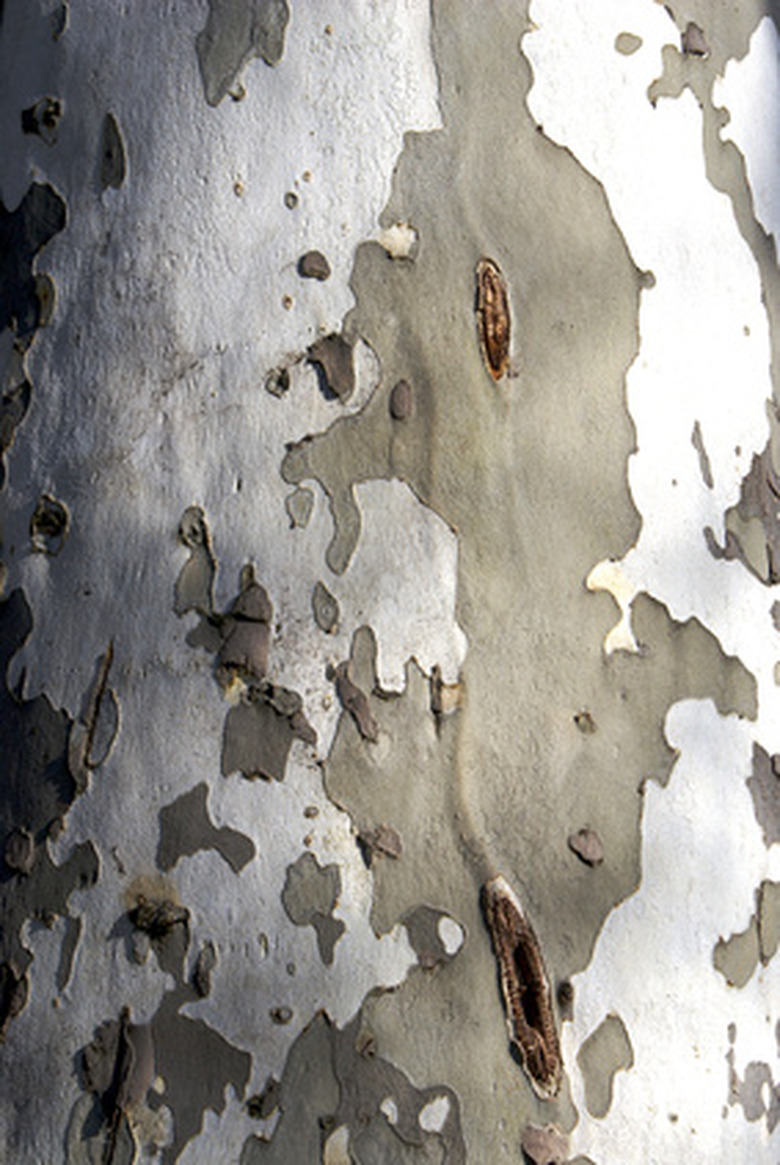How To Cut Birch Tree Roots
Things Needed
- Spade or shovel
- Tape measure
- Hose
- Axe or shears
Birch trees are tall beauties whose unique bark make them popular ornamental landscape trees. But these tall beauties put out an extensive network of roots in their search to fill their significant moisture needs. Unfortunately, many homeowners are unaware of this particular characteristic of birch trees before its too late. These strong roots can buckle concrete sidewalks and driveways, make mowing a pain or cause other problems that makes it necessary to cut a birch tree's roots. But this should only be done if absolutely necessary. Cutting a birch tree's roots weakens it, leaves it prone to infection and, if done improperly, can put it off balance enough to cause it to topple over.
Step 1
Determine which roots are safe to cut. Measure the trunk's diameter at chest height in inches. Multiply that number by 6. Do not cut any of your birch tree's roots within a circle whose radius in inches is that number. The primary function of these roots is to stabilize the tree and hold it upright. If absolutely necessary, you may cut one root but no more.
- Birch trees are tall beauties whose unique bark make them popular ornamental landscape trees.
- These strong roots can buckle concrete sidewalks and driveways, make mowing a pain or cause other problems that makes it necessary to cut a birch tree's roots.
Step 2
Water the tree with 1 to 2 inches of water to soften the soil around its roots.
Step 3
Use a shovel or spade to completely unearth the section of the root or roots that you intend to cut.
Step 4
Use a small, sharpened axe or sharpened pair of lopping shears (disinfected with a 10-percent alcohol solution) to prune the root(s). Do your best to sever the root completely in one clean stroke. Jagged edges are more prone to fungal growth and insect infestation. Be sure to completely cut all the way through the root. If you don't, the partially severed root is likely to rot all the way up to the tree itself.
- Water the tree with 1 to 2 inches of water to soften the soil around its roots.
- Use a small, sharpened axe or sharpened pair of lopping shears (disinfected with a 10-percent alcohol solution) to prune the root(s).
Step 5
Pull the severed root section out of the ground by hand (wedge your shovel underneath a stubborn root section) and replace the excavated earth.
